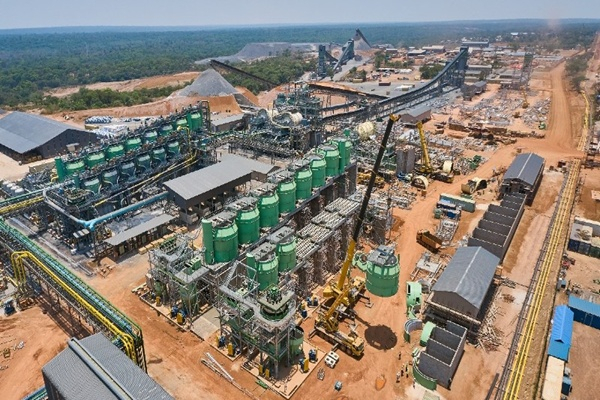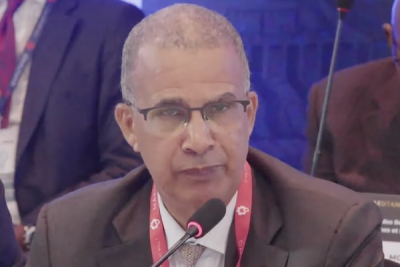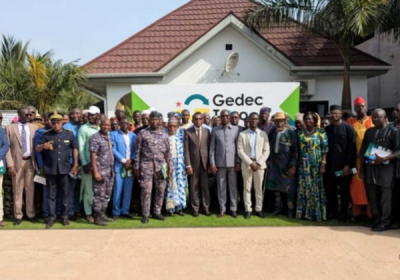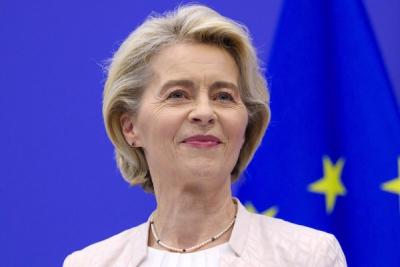The Kamoa-Kakula copper mine should deliver over 600,000 tonnes in 2026. The mine’s owner, Ivanhoe Mines, stated this on October 30, 2024, during a meeting with investors. On the occasion, Mama Cloete, President and CFO of Ivanhoe Mines, indicated that the figure would be reached “once we have completed Project 95”.
Project 95 will allow Ivanhoe Mines to recover up to 95% of copper concentrate from the same amount of ore mined and at the same operational costs. The project should begin in Q1 2026 and should add 30,000 to 40,000 tonnes of copper concentrate to Kamoa-Kakula’s annual production.
Ivanhoe Mines, primarily controlled by Chinese entities, also plans a phase 4 which could increase the mine’s production to 700,000-800,000 tonnes per year over the next 40 years. The firm seems on track to achieve this goal, although its output forecasts were scaled down due mainly to energy challenges. The firm has been taking various steps to overcome these issues.
For example, it is developing a program to back up power generation at the site. Backup capacity reached 135 MW in September and is expected to increase to 201 MW by the end of the year. Additionally, negotiations are underway to raise imported power from Southern Africa from 65 MW to 100 MW by year-end. There is also a project with Société Nationale d'Électricité (SNEL) to improve power transmission efficiency, which is scheduled for completion in the second half of 2025.
Balanced Finances
Financially, Ivanhoe Mines has been working to boost its balance sheet, with operating costs averaging $3,527.30 per tonne in Q3 2024, lower than the forecast of $3,748. Ivanhoe can also secure low-cost financing through anticipated sales contracts. Also, the current copper prices, at around $9,645 per tonne, exceed Ivanhoe’s forecast of $8,152 per tonne for Kamoa-Kakula this year. The surge in prices spurred stakeholders’ interest in the project. These include the government, foreign and local banks, and shareholders.
However, increased production does not guarantee better outcomes. Market demand, especially from China—the main buyer of Congolese copper—will play a crucial role. China's economic recovery projects are underway, but results are still pending. Additionally, political changes in the U.S., such as President Donald Trump's plans to reduce incentives for electric vehicles and impose higher taxes on imports from China, could impact demand.
On a positive note, new trade alliances within BRICS may support copper demand, as Europe aims to meet its electric mobility goals by 2035. These factors contribute to a sense of optimism in the sector.
Georges Auréole Bamba










